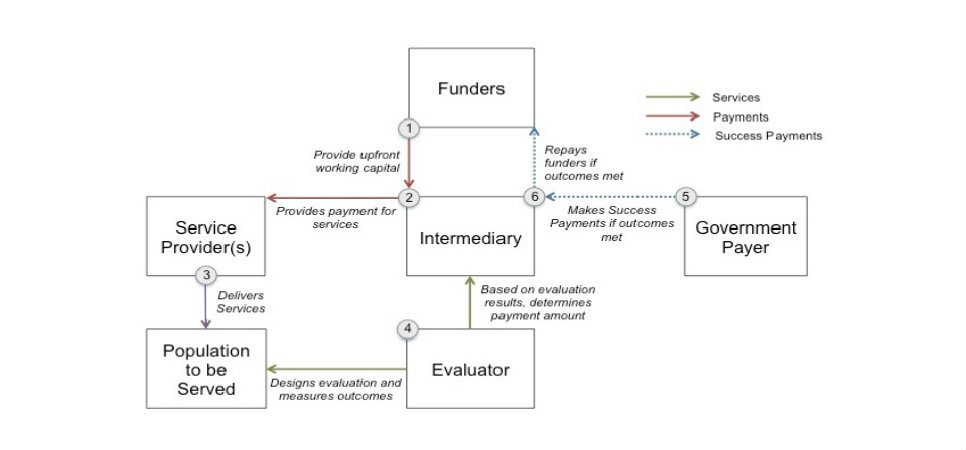Editors note: Entries for the competition described below are now closed.
Social entrepreneurship is the next generation’s secret weapon for tackling chronic social challenges and creating the change they want to see. What do they know that many others have yet to realize? As Jean Case, CEO of the Case Foundation notes, “Like other young generations before them, they are idealistic, but what sets this generation apart is that they are turning their idealism into action.” Millennials after all are known for their collective ability to pave their own pathways, create new solutions to old problems and advance the issues about which they feel passionate—in order to foster meaningful impact on a scale unlike anything we’ve ever seen.
To help catalyze this growing movement, the Case Foundation is proud to join Forbes and several leading foundations and entrepreneurs in the Forbes $1 million Change the World competition. We are looking for for-profit and nonprofit leaders from around the world (under the age of 30) who have disruptive and scalable ideas with the potential to change the world. If that sounds like you or someone you know we encourage you to apply before August 26!
To really understand what makes next gen social entrepreneurs special I talked with a 2015 Forbes 30 Under 30 awardee, Fagan Harris, CEO and President of Baltimore Corps. As a recognized changemaker Harris is actively changing the way we think about leadership and professional development. Through the work of Baltimore Corps, his team is cultivating the next generation of social impact leaders by placing talented young professionals at organizations that are at the forefront of social change. His team is transforming the city of Baltimore—one fellow at a time. Harris is also a passionate evangelist for Baltimore and is proud to work every day strengthening America’s “greatest city.”
What makes the next gen—under age 30—uniquely positioned to create transformative change in today’s world? What do they know that others don’t?
Harris: Apart from perhaps the rise of the middle class in China, the coming of age of the Millennial Generation is the biggest activation of talent anywhere on Earth. For the first time in decades, Baby Boomers have been surpassed in numbers by a younger generation—a generation that I think is defined by its ambition, interconnectedness and deep eagerness to engage in solving important problems.
I think both as a product of technology and of their immense talent, Millennials have tremendous options. If they aren’t happy in their roles or if their skills are not being fully utilized, this generation is particularly savvy in its ability to pivot and seek out new opportunities. The dream of working for a single employer for one’s entire career is a thing of the past. I think a product of that fluidity and wealth of options is that Millennials are more active in seeking out work that is highly meaningful to them, and that often translates to cause-driven work.
It is something of a perfect storm. You have a huge population of people that is highly mobile, extremely capable and deeply values-driven. And they’re up for grabs. Whatever cities, causes and industries can secure Millennials as they develop and plant roots will be in an amazing position to succeed.
What is the biggest obstacle or challenge facing Millennial social entrepreneurs today that keeps them from ultimate success?
Harris: Our biggest obstacle was our own mentality: our mistake was waiting to grow our team. Our initial philosophy was to establish the model, grow slowly and gradually expand our capacity. While it is certainly necessary to grow at an intentional rate, and there is security in gradual expansion, our greatest limiting factor by far was our hesitation to invest in and grow our staff. One of the most important lessons we learned in the early-goings of our organization’s life cycle was that our team is the single greatest investment we can make in our future—that the expansion of our core team doesn’t depend on the capacity we’ve built, but rather our ability to expand our capacity depends on the contributors we add. There will likely be times when you don’t feel ready to make the leap, but it may be the most important thing your organization can do.
What advice do you have for the next gen applicants to the Forbes Under 30 $1 Million Change the World Competition?
Harris: Be bold, take risks, don’t be afraid to fail, and if you know your idea can change the world, be ready to prove it.
Are you a social entrepreneur ready to prove you can change the world? Enter the Forbes Under 30 $1 million Change the World Competition by August 26!
